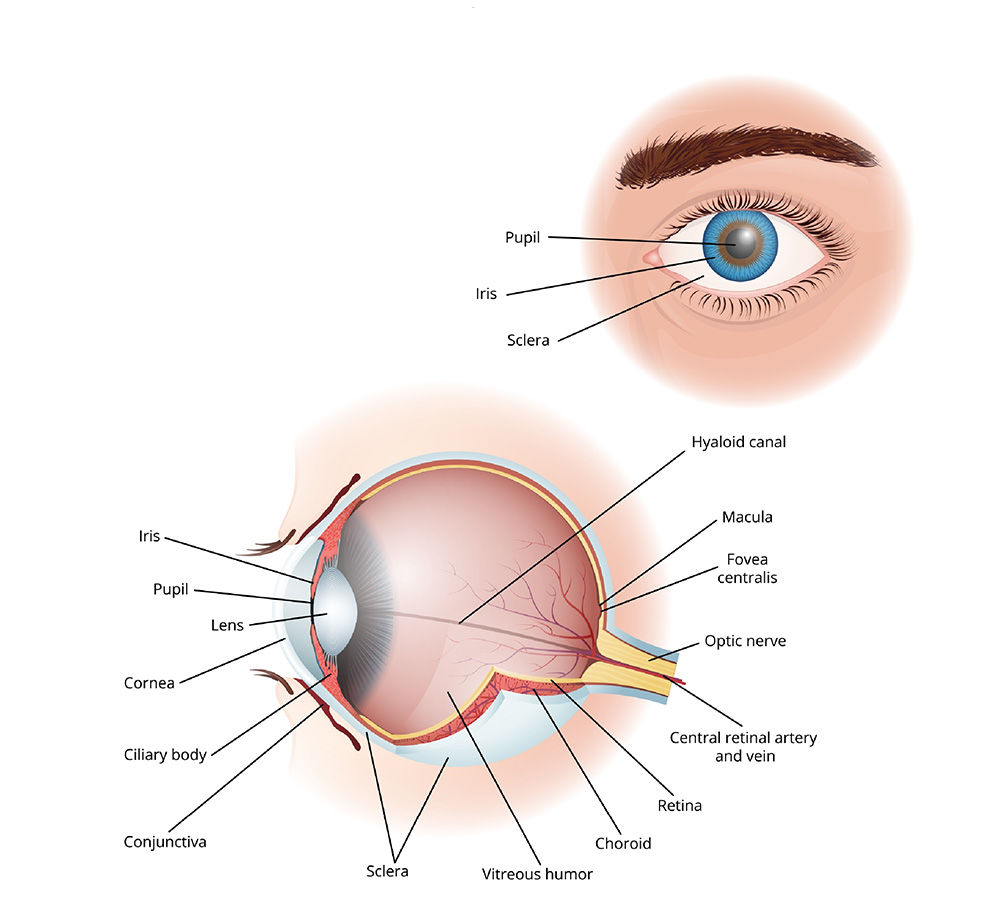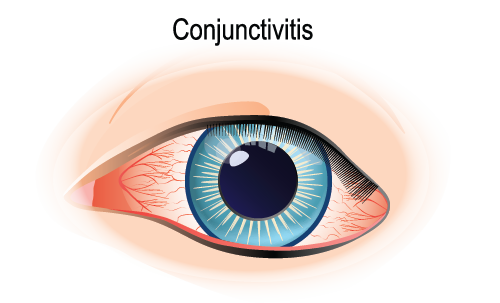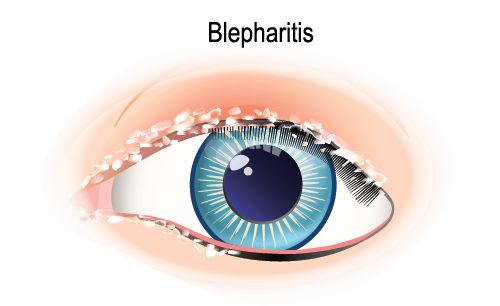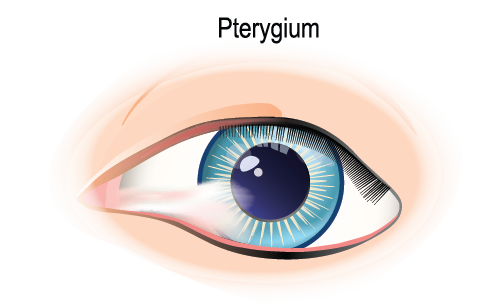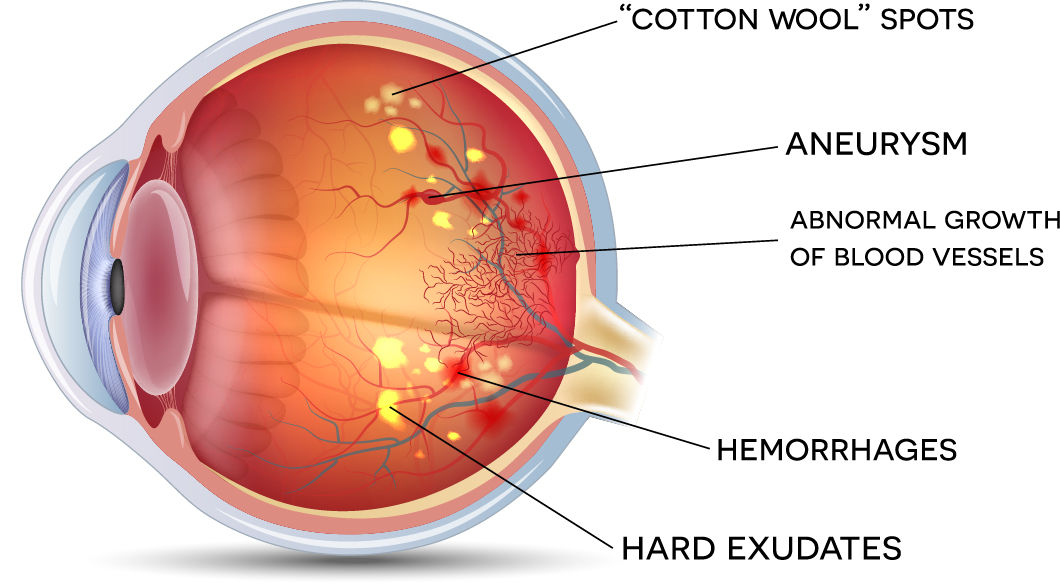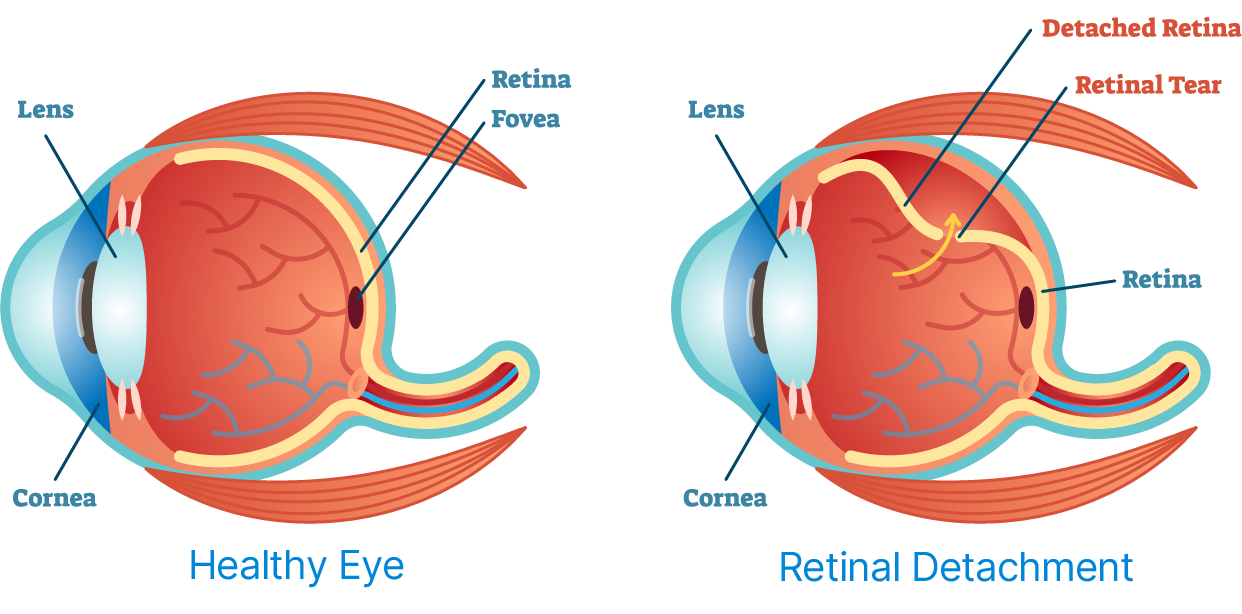| Glaucoma is a disease that damages your eye’s optic nerve. It usually happens when fluid builds up in the front part of your eye. That extra fluid increases the pressure in your eye, damaging the optic nerve. | Styes and chalazia are both lumps in or along the edge of an eyelid. Sometimes it may be hard to distinguish between a chalazion and a stye. |
| Age-related macular degeneration (AMD) is a problem with your retina. It happens when a part of the retina called the macula is damaged. | Blepharoplasty (BLEF-uh-roe-plas-tee) is a type of surgery that removes excess skin from the eyelids. With age, eyelids stretch, and the muscles supporting them weaken. As a result, excess skin and fat can gather above and below your eyelids. This can cause sagging eyebrows, droopy upper lids and bags under the eyes. |


